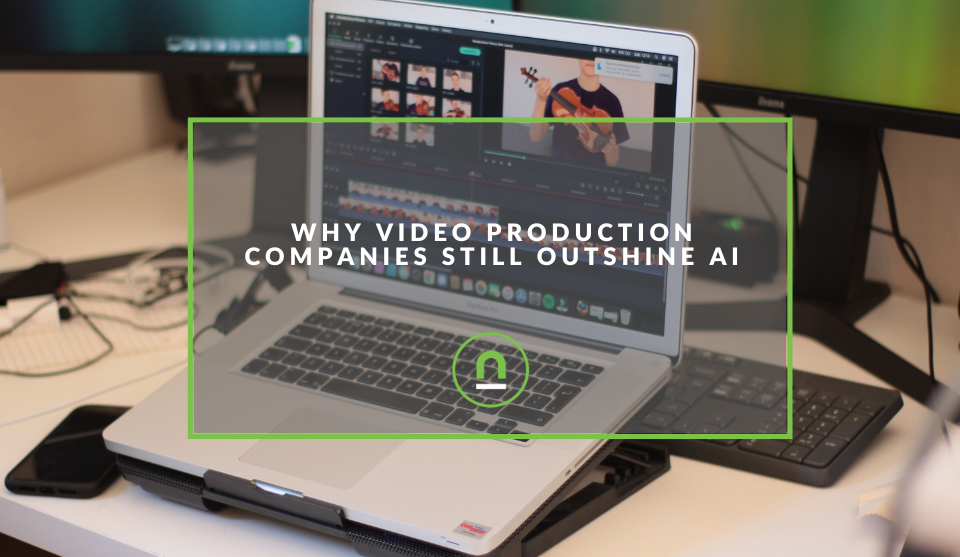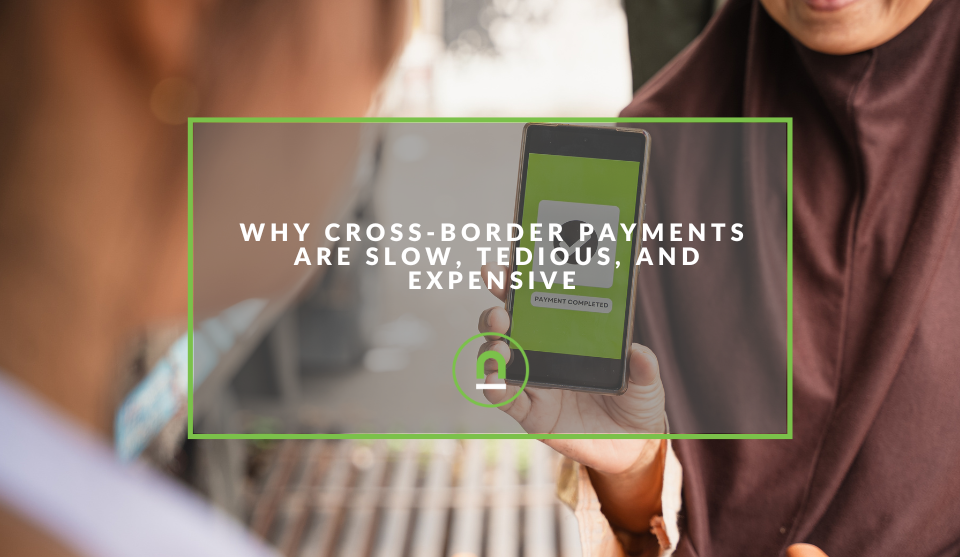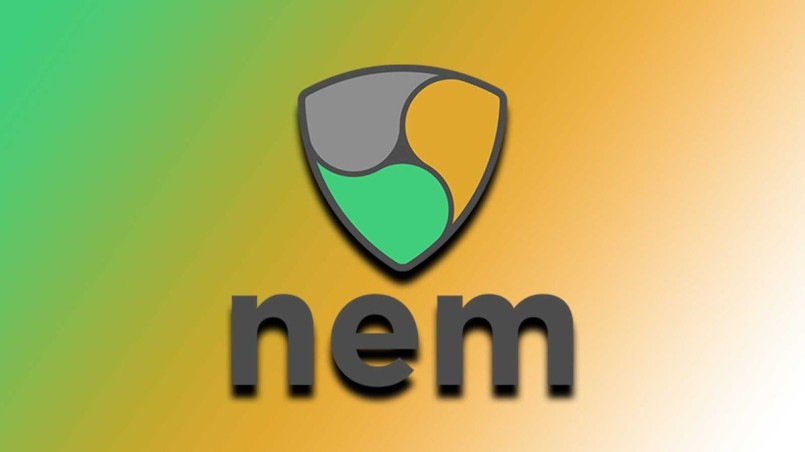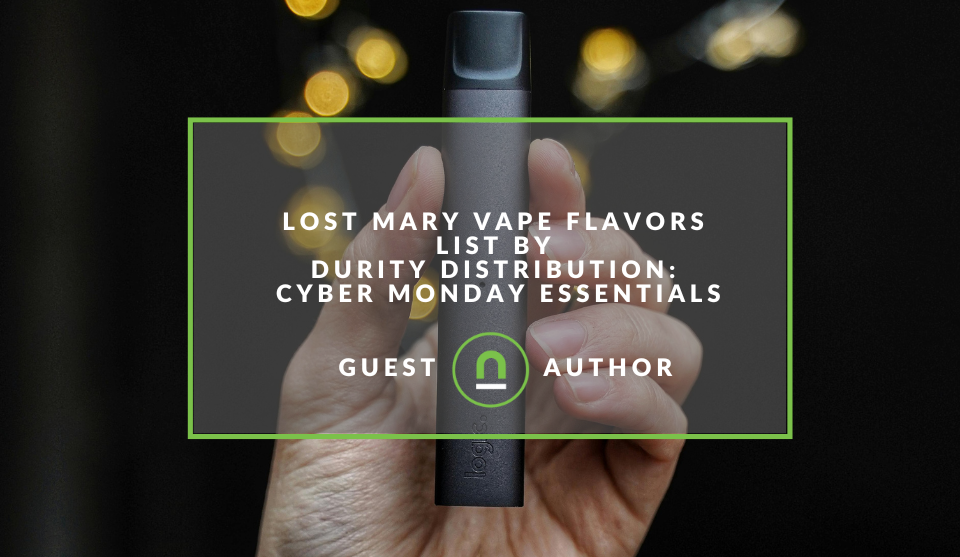Recent posts

nichemarket Advice
Why Video Production Companies Still Outshine AI
24 December 2025

Press Releases
Where You Can Find International Remote Jobs For South Africans
23 December 2025

Money Talks
Why Cross-Border Payments Are Slow, Tedious, and Expensive
17 December 2025

Money Talks
The Rise Of Trading Platforms In South Africa
16 December 2025
Popular posts
Extravaganza
Trending Music Hashtags To Get Your Posts Noticed
24 August 2018
Geek Chic
How To Fix iPhone/iPad Only Charging In Certain Positions
05 July 2020
Extravaganza
Trending Wedding Hashtags To Get Your Posts Noticed
18 September 2018
Money Talks
How To Find Coupons & Vouchers Online In South Africa
28 March 2019
What Is NEM Coin? (XEM)
12 February 2018 | 0 comments | Posted by Che Kohler in Money Talks
Blockchain technology is and will be the buzzword of 2018 if we had to ask Mugatu from Zoolander he would definitely say, Blockchain is so hot right now. There are so many different blockchain and cryptocurrency projects out there, some are replica
You will have to drive deep into the 2nd and 3rd page of Google, go through Reddit threads, check out Telegram and Discord chats in order to find the truth. For novice enthusiasts, all of this effort and then finally information can quickly become overwhelming. Especially when some projects are so ambitious and boisterous even seasoned blockchain enthusiasts struggle to understand it. One such project is NEM one of the most complex cryptocurrencies to date.
What is NEM (XEM)?
New Economy Movement (NEM) is an enterprise-grade solution to power the impending blockchain economy. The original intention of NEM was to be a fork of NXT. However, the community decided to go with a completely new codebase with an alpha version released June 25, 2014, and the first stable release on March 31, 2015. The platform is currently being rewritten in C++ and will be released as the “Catapult” update sometime in early 2018.
The NEM blockchain software is used in a commercial blockchain called Mijin, which is being tested by financial institutions and private companies in Japan and internationally.
A brief introduction to NEM
Why should you pay attention to NEM?
Private vs Public
Anyone can use the public NEM blockchain by making use of the API calls but for applications that require more privacy or wish to keep things in-house, a private version of the NEM blockchain can be provisioned to run on internal servers and only make use of predefined nodes of the users’ choosing. On these trusted, private node networks, some features of the public network that are in place to prevent bad nodes from causing problems can be removed or reused in scope, allowing for even faster transactions (into the thousands/second) in a closed box setup.NEM Private blockchain These private blockchain deployments can be used to power anything from loyalty points programs to affiliate programs, all without ever exposing the transaction data and providing unparalleled speed and security. This makes a lot of sense for companies that want to use the blockchain to power up their existing internal tools and don’t need the added functionality of the public chain.
Smart Assets
The NEM blockchain powers what they call the Smart Asset System. This system is intended to be an open, customizable blockchain solution for any number of use cases built on top of simple, powerful API calls. The blockchain is secured and transactions are processed by a global network of nodes running the NEM core software, and the network is used as an API Gateway server. This means developers looking to build blockchain powered apps don’t need to run any special NEM software as all of the NEM functionality is available by accessing API calls. This allows for a lot of flexibility when it comes to system design and how various apps are making use of the NEM network. Apps can access the NEM API directly, access a separate server in addition to making NEM requests, or existing servers can be adapted to make use of NEM in the background
Proof-of-importance
POI is the algorithm used in NEM to time stamp transactions. A NEM user's importance is determined by how many coins they have and the number of transactions made to and from their wallet. POI uses the NCDawareRank network centrality measure, the topology of the transaction graph, as well as a number of other relevant signals to achieve consensus. POI is different from other initiatives which use a fee-sharing model that does not take into consideration one's overall support of the network. In proof-of-stake systems, a person needs to have large numbers of coins to form a block, but in NEM transactions volume and trust become factors. This was designed to encourage users of NEM to not simply hold XEM but instead actively carry out transactions. To be eligible for entering the importance calculation, an account must have at least 10,000 vested XEM.
All accounts owning more than 10,000 vested XEM have a non-zero importance score. With a supply of 8,999,999,999 XEM, the theoretical maximum number of accounts with non-zero importance is 899,999. In practice, the number of actual accounts with non-zero importance is not expected to approach the theoretical max due to inequalities in held XEM and also the temporal costs associated with vesting. If NEM becomes very popular, a threshold of 10,000 vested XEM could be undesirable. If necessary, this number could be updated in the future via a hard fork, which is the same procedure for adjusting transaction fees and other parameters related to harvesting.
Namespaces
Namespaces on the NEM system are a domain naming system similar to the internet's centralized ICANN domain name system. Within namespaces, there are higher level domains and subdomains. This allows one person with one domain to create many different subdomains for their different projects or outside business accounts. It also helps to build and maintain a reputation system for Mosaics.
Node reputation system
NEM employs an Eigentrust++ as a reputation system. NEM ensures the health of the blockchain by monitoring past behaviour of nodes within the network. In proof-of-work, the amount of work a node does is used as a measure of its ability to protect the network. But, with Eigentrust++, it is the quality of work that is important. This adds to the NEM network's ability to be run and maintained efficiently.
Messaging
Messages can be included in transactions in either encrypted, unencrypted, or hex messaging forms. No XEM needs to be sent in order for a message to be sent on the XEM network. This can be used for secure communication to any XEM address, as well as blockchain-based applications. The fee for sending unencrypted messages is currently 1 XEM for every 32 characters, while encrypted messages will vary.
Multisignature transactions
NEM implements
This means that if one person loses their wallet through a hack, no money can be spent unless another wallet (or wallets if m is more than 2) signs it. Multisignature accounts also help protect community-held funds, in that a majority of designated users must agree before a transaction can be spent from a community-held wallet. This is especially important considering over a third of all XEM in circulation is held in these community wallets.
What is NEM used for?
NEM's application is simple, they want to be everything to everyone in terms of finance, transaction and data storage. To take what Bitcoin is doing for payments, and apply it to any time of transactional information structure. It is very similar to the work Ethereum is doing with “smart contracts,” except that NEM bills its features as “smart assets.” Potential use-cases for NEM include:
- Health records
- Supply chains
- Notarizations
- Stock ownership
- Royalty payments
- Legal records
- Loans
- Inspections
Can you mine NEM?
To cut to the chase no, NEM or XEM cannot be mined. NEM uses a new kind of validation protocol called Proof of Importance which is similar to Proof of Stake. Using a native wallet and purchased XEM you can link up to a supernode and begin the process known as harvesting. Harvesters require a minimum 10 000 NEM in their wallet at all times, they also get rewards based on how long they've been harvesting as well as the number of personal NEM transactions has been made with the harvest account.
Can you earn NEM?
Trading
NEM users can earn digital currency via exchanges. Users can earn coins through trading on different fiat and cryptocurrencies and take advantage of market fluctuations.
Faucet
There are currently tow unofficial community faucets run and operated by volunteers of the NEM community and allow users to claim NEM regularly to add to their wallet.
Supernodes
Supernodes is a node program that rewards users running high powered nodes that serve both the light desktop-based wallet and the mobile wallet. Running a supernode yields more XEM than harvesting, but it requires at least 3 million XEM in order to start running, so it is less accessible. XEM is distributed among supernodes at a rate of 70000/per day divided by the number of supernodes. When running a supernode you also get rewarded for regular harvesting, so nothing is lost.
NEM Community Fund
This 300 million XEM community fund was created to help startups. While it can be used by virtually anyone and everyone, however, you will be required to convince the community when presenting your idea as well as provide credentials to prove that you can build what you say you will. A couple of past projects funded by the Community Fund are Apostille and Crypto Apex.
Harvesting
As opposed to traditional blockchain platforms, which require a great amount of computing power, NEM operates using POI or Proof-of-Importance. You can read more about this here. This version of mining with less power is called harvesting. Harvesting is a process where a node will calculate certain blocks (about one every minute) and add them to the blockchain collecting or “harvesting” the fees in the process. To begin harvesting, you will need to have a minimum of 10,000 XEM, and it needs to be confirmed, aka "vested"; a kind of ageing in of XEM implemented in NEM.
Your wallet will get 10% of the total amount of remaining unvested balance to become vested every 24 hours. For example, you would need 100,000 XEM to start harvesting after 24 hours. Once you start delegated harvesting, you can safely go offline as the wallet doesn’t necessarily need to be online. The platform ensures your wallet is protected by eliminating the necessity for it to be online at all times. You can stay hidden behind a firewall and only connect to the NIS by means of your local network. This means your private keys never leave your computer!
Community Fund Requirements:
Each project is allocated a maximum of 50 million XEM for registered companies and 5 million XEM in the case of individuals or open source projects. Applicants are required to show at least 250 NEM Forum posts to highlight their involvement. Companies can have cumulative posts. New clients can find a partner from inside the community. The company must show sufficient XEM in their account. Real identities must be revealed, but only to the committee and upon the approval of said application. A project description with information such as the target market, the project’s nature, size, etc is required. A summary is also needed for public review.
Where can you buy NEM?
NEM is listed on a few international cryptocurrency exchanges and is actively traded on websites like
Abucoin s- AEX
- Bitcoin Indonesia
- Bittrex
- COSS
- Cryptomate
- Cryptopia
Exrate s- HitBTC
- Huobi
- Koineks
- LiteBit.eu
- Livecoin
- OKEx
- Poloniex
Qrypto sUpbi t- YoBit
- Zaif
Should you invest in NEM?
NEM is still fairly new at 3 years old, and any cryptocurrency so young will suffer from a great amount of risk, ups and downs. Some speculators are calling NEM “the sleeping giant” since it addresses a lot of the issues Bitcoin and Ethereum are currently dealing with now. NEM was built from scratch to avoid the same pitfalls as other bitcoin forks that become nothing more than “just another altcoin”, NEM’s future looks full of promise. Its value is rising and exciting projects are coming to the platform that makes full use of its ability to trade not only currency but also assets.
NEM offers a truly impressive system that has the promise to be a major player in the coming blockchain powered economy. However, my reservations sit on the application and adoption side of the project. Wanting to be too advanced and too technical solving problems we aren't really struggling with as yet isn't a real game changer, not until interest in the blockchain technology as a whole picks up. While being a sort of "everything" coin also has me worried.
I would like to see NEM put together valid use cases, start striking up partnerships and integrating their tech into big businesses tech stacks. If they can do this I think we’ll see more and more interesting projects being built on top of NEM.
For more on NEM check out their website
Contact us
If you want to know more about cryptocurrency don’t be shy we’re happy to assist. Simply contact us
Disclaimer: This article should not be taken as, and is not intended to provide any investment advice and is for educational purposes only. As of the time posting the writers may or may not have holdings in some of the coins or tokens they cover. Please conduct your own thorough research before investing in any cryptocurrency as all investments contain risk.
Tags: Cryptocurrency, blockchain
You might also like
Lost Mary Vape Flavors List By Durity Distribution
01 December 2025
Posted by Christine Lowe in Shopaholics
A Cyber Monday shopping guide to all the best Lost Mary Vape flavours available, brought to you by Durity Distribution in Idaho. Find the best vape f...
Read moreWhere You Can Find International Remote Jobs For South Africans
23 December 2025
Posted by Mia Stewart in Press Releases
Want to find international remote jobs for South Africans? Look no further, in this breakdown we look at your options so you can start applying for W...
Read more{{comment.sUserName}}
{{comment.iDayLastEdit}} day ago
{{comment.iDayLastEdit}} days ago
 {{blogcategory.sCategoryName}}
{{blogcategory.sCategoryName}}

